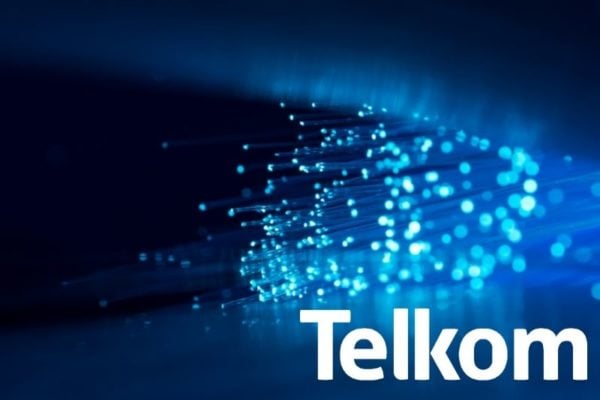Business
The Last Days of DSL: Why Telkom Is Quietly Pulling the Plug in 2025

It’s the end of an era. If you’ve noticed your DSL line suddenly stop working or your internet service provider ghosting you with no warning, you’re not alone. Telkom is quietly decommissioning its old-school digital subscriber line (DSL) network, and for some South Africans, the shutdown has already hit home.
DSL once symbolised progress. Launched in the early 2000s, it brought fixed broadband into South African households long before fibre became a buzzword. But in 2025, it’s clear that Telkom’s copper-based system is heading for extinction, and the company isn’t wasting any time pulling the plug.
From Dominance to Disconnection
Back in its heyday, DSL was everywhere. By 2016, Telkom had over a million DSL subscribers. But the network was never built for longevity. Relying on vulnerable copper wiring, it fell victim to poor service, outdated infrastructure, and a nationwide scourge: cable theft.
Fast-forward to June 2025, and fewer than 26,000 DSL users remain. That’s a staggering 97 percent drop. And many of those left are reporting that their connections have quietly died, with no repairs, no warning, and no help from their ISPs.
In many cases, these customers were left scrambling to sign up with fibre or mobile operators just to get back online.
The Fibre Race Telkom Lost
Telkom’s wholesale division, Openserve, had a head start. They had trenching, curb-side cabinets, and nationwide reach. But while other fibre network operators (FNOs) like Vumatel, Frogfoot, and MetroFibre rolled out fast and smart, Telkom moved slowly and bled customers as a result.
Even now, Openserve only has about 723,000 active fibre-to-the-home (FTTH) connections. Add the last DSL holdouts, and Telkom’s entire fixed broadband user base is smaller than it was in 2016.
And while Telkom still holds the second-largest share in the fixed broadband space, its legacy as the former monopoly makes that position look less like a win and more like a missed opportunity.
No More New Sign-ups, No More Repairs
Telkom isn’t offering DSL to new customers anymore. ISPs that partner with Openserve have removed DSL products from their websites. And if your copper line fails now, don’t expect it to be fixed.
One frustrated customer told MyBroadband that their ISP never warned them about the shutdown. When their line stopped working in early September 2025, they were simply told it wouldn’t be repaired. No refund. No fibre. No help.
Others shared similar stories. In some cases, Telkom stepped in after media inquiries, restoring disconnected lines or offering fixed-LTE as a temporary solution. But for many, the message is clear: the copper era is over.
The Final Push: What Happens Next
Telkom says the remaining DSL users are scattered across the country, which makes bulk migration campaigns less effective. Some of those users are older, light internet users who may not know fibre is available or who don’t want to change something that still “works well enough.”
In the coming months, Telkom has promised to ramp up its outreach, offering better customer support and clearer migration options, whether that’s FTTH, fixed-LTE, or wireless broadband. But judging by recent user experiences, there’s still a long way to go.
Why It Matters
For many South Africans, especially in less-connected suburbs or small towns, DSL was their first experience of real internet access. It may be outdated, but it served its purpose. The problem is not the shutdown itself, but how it’s being handled.
There are growing concerns about transparency, customer care, and the communication gap between ISPs and the people they serve. With fibre still unavailable in some areas and LTE inconsistent in others, the switch isn’t always seamless.
As 2025 rolls on, thousands of South Africans will be forced to migrate, whether they’re ready or not.
Also read: Ramaphosa Signs Two New Laws That Could Change Eskom and Public Sector Benefits
Follow Joburg ETC on Facebook, Twitter, TikT
For more News in Johannesburg, visit joburgetc.com
Source: MyBroadband
Featured Image: MyBroadband















